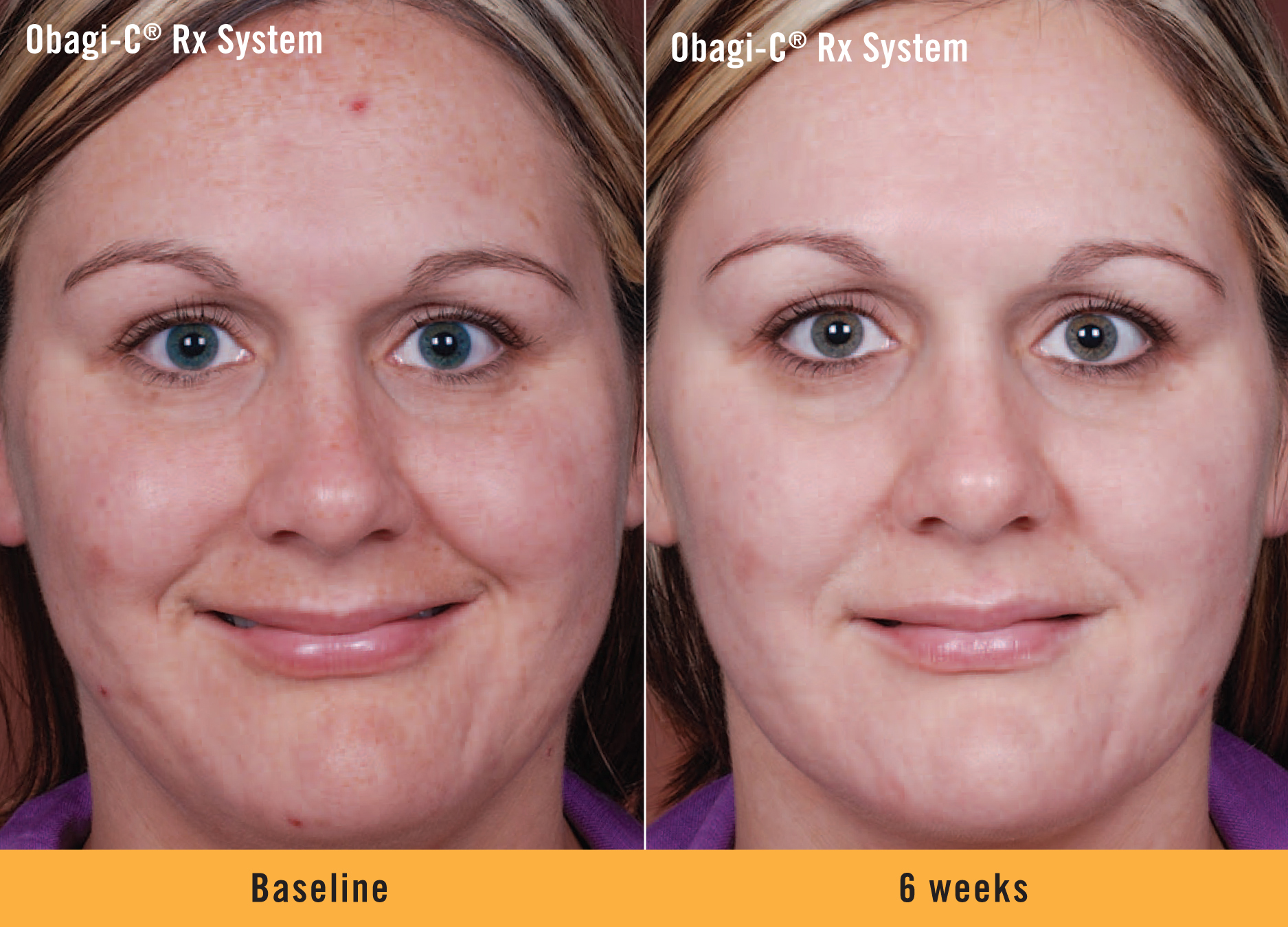Are you battling the unwelcome appearance of dark spots and hyperpigmentation, seeking a path to clearer, more radiant skin? Understanding the science-backed efficacy and safety of hydroquinone might be your first step towards unlocking that goal, while also being mindful of the potential pitfalls.
Hydroquinone, a topical skin-lightening agent, has long been a cornerstone in dermatological practices, primarily used to address conditions characterized by hyperpigmentation. This includes melasma, freckles, age spots, and post-inflammatory hyperpigmentation (PIH), which can occur after acne breakouts, injuries, or other skin traumas. This article serves as your comprehensive guide, detailing what to expect before, during, and after incorporating hydroquinone into your skincare regimen. We'll also delve into alternative treatments, explore the science behind hydroquinone's action, and address common concerns surrounding its use.
Before embarking on any treatment plan, a comprehensive understanding of the potential benefits and associated risks is paramount. Hydroquinone primarily works by inhibiting tyrosinase, an enzyme essential for melanin production. Melanin is the pigment responsible for skin color, and by reducing its production, hydroquinone effectively lightens areas of hyperpigmentation. However, this process isn't without its complexities.
Here's a glimpse into some of the outcomes often observed with hydroquinone usage:
- Reduction in the appearance of dark spots and hyperpigmentation
The effectiveness of hydroquinone in managing hyperpigmentation has been extensively documented. Many individuals have found significant improvement in their skin's appearance with consistent use. To illustrate this, we can examine the journey of an individual who started developing spots on their face after becoming pregnant. They consulted with a dermatologist and were diagnosed with melasma. This condition, often triggered by hormonal changes, is a common concern during pregnancy. Hydroquinone, when prescribed and used under the guidance of a dermatologist, often becomes part of the treatment plan.
The information presented here is for general informational purposes only and does not constitute medical advice. Always consult with a qualified healthcare professional for any health concerns or before making any decisions related to your health or treatment.
For individuals considering hydroquinone, several critical factors merit consideration. The concentration of hydroquinone in the product can significantly impact its effectiveness and potential for side effects. Over-the-counter products generally contain lower concentrations (typically 2%), while stronger formulations (up to 4%) require a prescription. Moreover, the duration of hydroquinone therapy and the importance of adhering to prescribed usage guidelines are essential to prevent complications. A key aspect of any hydroquinone regimen is sun protection. Hydroquinone makes the skin more vulnerable to the sun's harmful UV rays, highlighting the necessity of daily sunscreen application. Not using sunscreen can negate the benefits of hydroquinone and, in some cases, exacerbate the hyperpigmentation.
Another crucial element is consistency. It is vital to adhere to the recommended application schedule, incorporating hydroquinone as directed. This includes cleansing the face before application, typically twice a day, and allowing the product to be fully absorbed before applying other skincare products. Alongside consistent hydroquinone use, the importance of a comprehensive skincare routine cannot be overstated. This often includes the use of a gentle cleanser, a hydrating moisturizer, and, most importantly, a broad-spectrum sunscreen with an SPF of 30 or higher.
If, after using an over-the-counter hydroquinone product for three months, you aren't satisfied with the results, consulting a skin care professional is advised. They may recommend a higher concentration of hydroquinone, a combination with other ingredients, or alternative treatments. The decision to use hydroquinone, particularly a prescription-strength product, should be made in consultation with a dermatologist or other qualified healthcare professional.
Safety concerns surrounding hydroquinone have been raised in different parts of the world, including Europe, Japan, and the United States. It is crucial to address these concerns and clarify their implications. Concerns mainly relate to: high doses of oral hydroquinone causing cancer in rats, though no cases of cancer have been reported in humans after 50 years of topical use; and exogenous ochronosis resulting from topical hydroquinone used in high concentrations multiple times daily. Exogenous ochronosis is a rare condition characterized by a bluish-black discoloration of the skin that can develop as a result of prolonged use of hydroquinone. This reinforces the importance of following the prescribed guidelines and not exceeding the recommended treatment duration.
The results of hydroquinone treatments aren't instantaneous. The effectiveness of hydroquinone will depend on various factors, including the severity of hyperpigmentation, the concentration of hydroquinone, and adherence to the treatment plan. In most cases, the lightening of the skin is noticeable after about four weeks of treatment, though some may see initial results sooner. It is important to be patient and consistent with the application for the best results.
To minimize the risk of skin reactions, it is generally advisable to start with a lower concentration, such as 2%. Individuals with sensitive skin should be particularly cautious and consider a patch test before widespread application. Furthermore, temporarily discontinuing the use of exfoliants, facial brushes, and products containing AHAs/BHAs or vitamin C can reduce the potential for irritation. Giving the skin time to adjust to the ingredient is also critical.
In conclusion, hydroquinone can be a valuable tool in managing hyperpigmentation. However, it must be used responsibly, under the guidance of a healthcare professional, and with a complete understanding of its benefits and risks. When combined with appropriate sun protection and consistent skincare practices, hydroquinone can lead to significant improvements in skin tone and texture.


